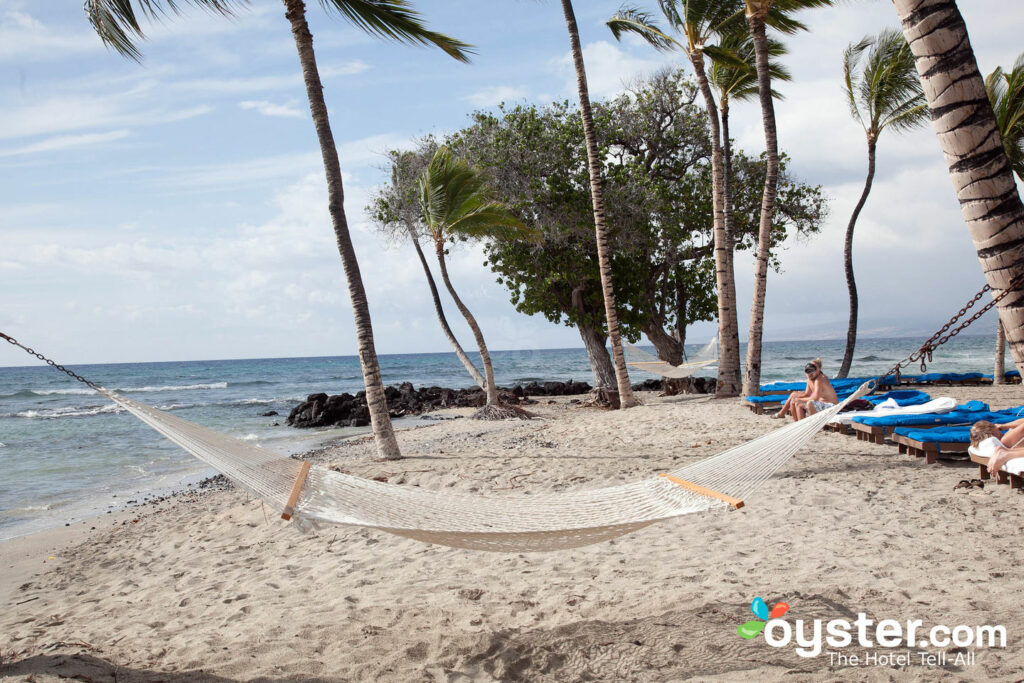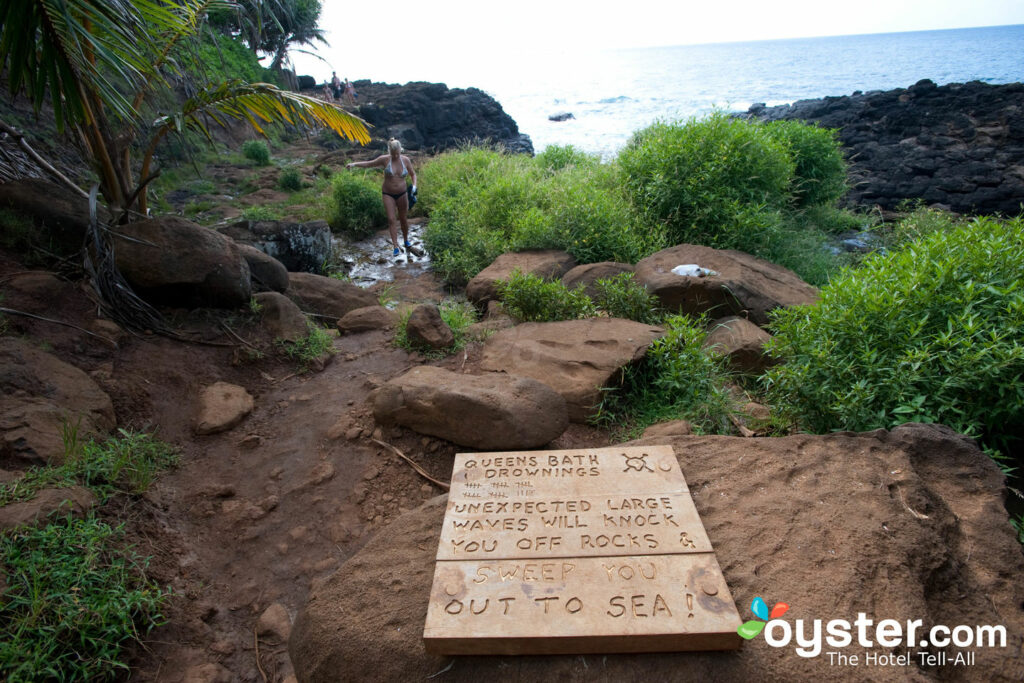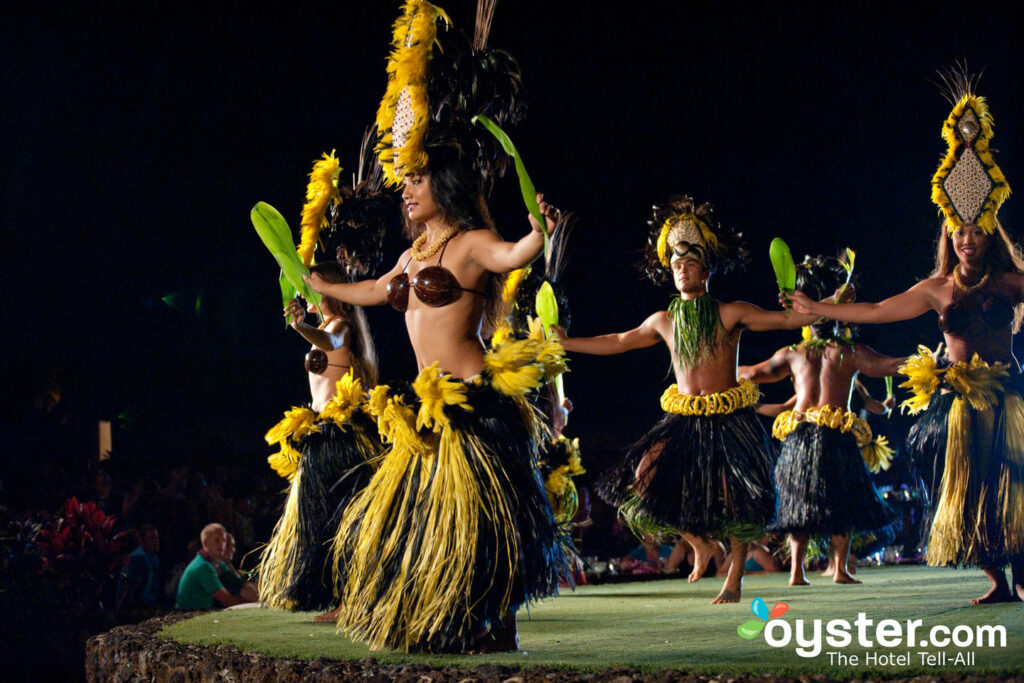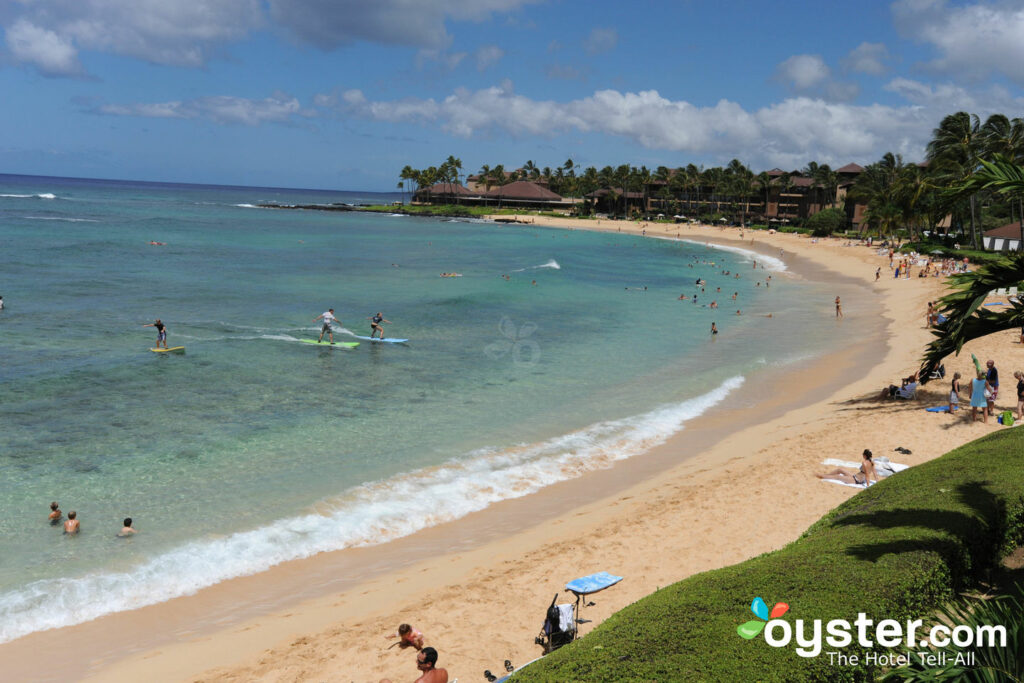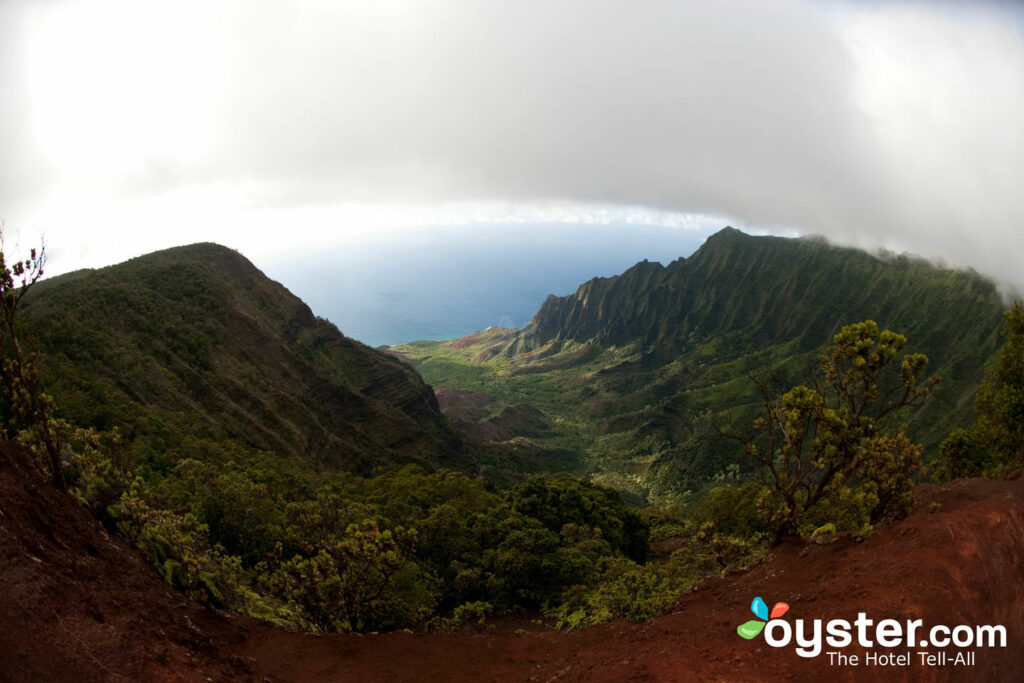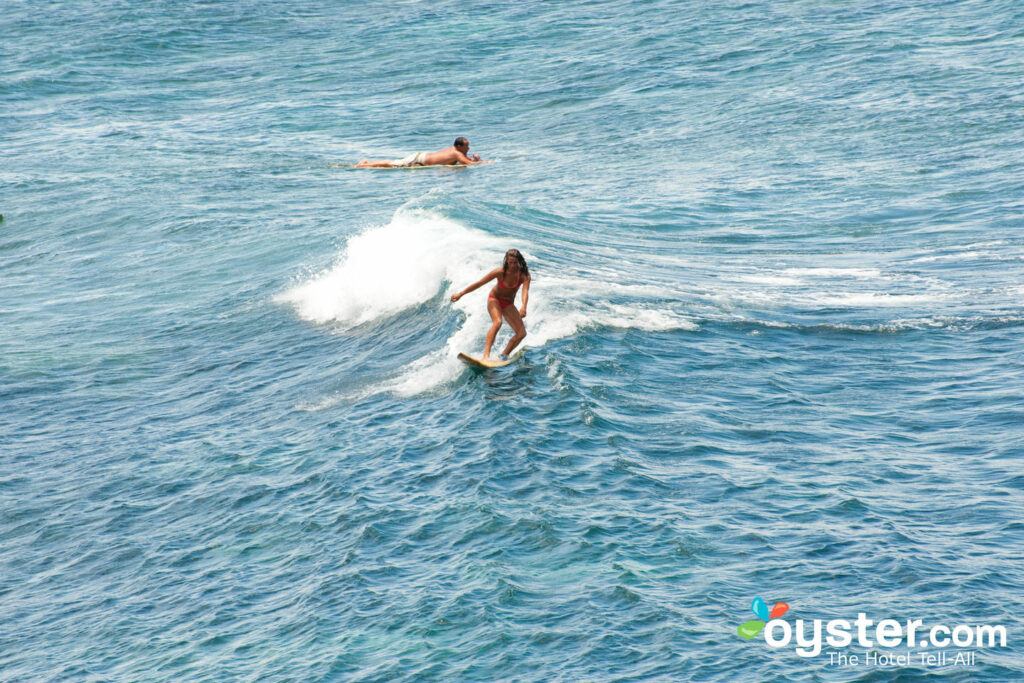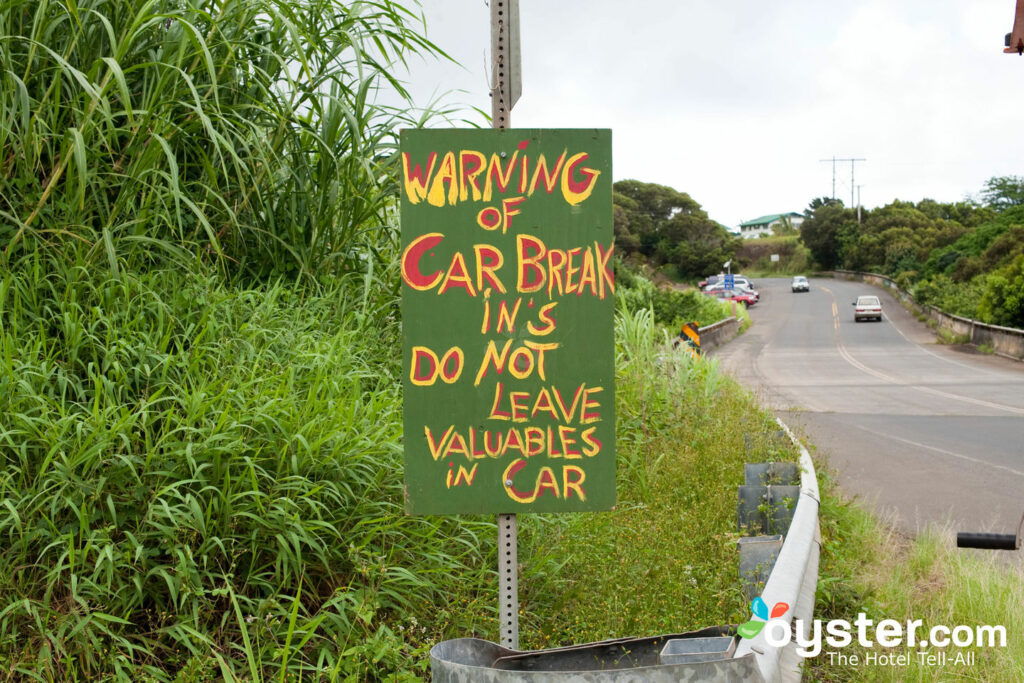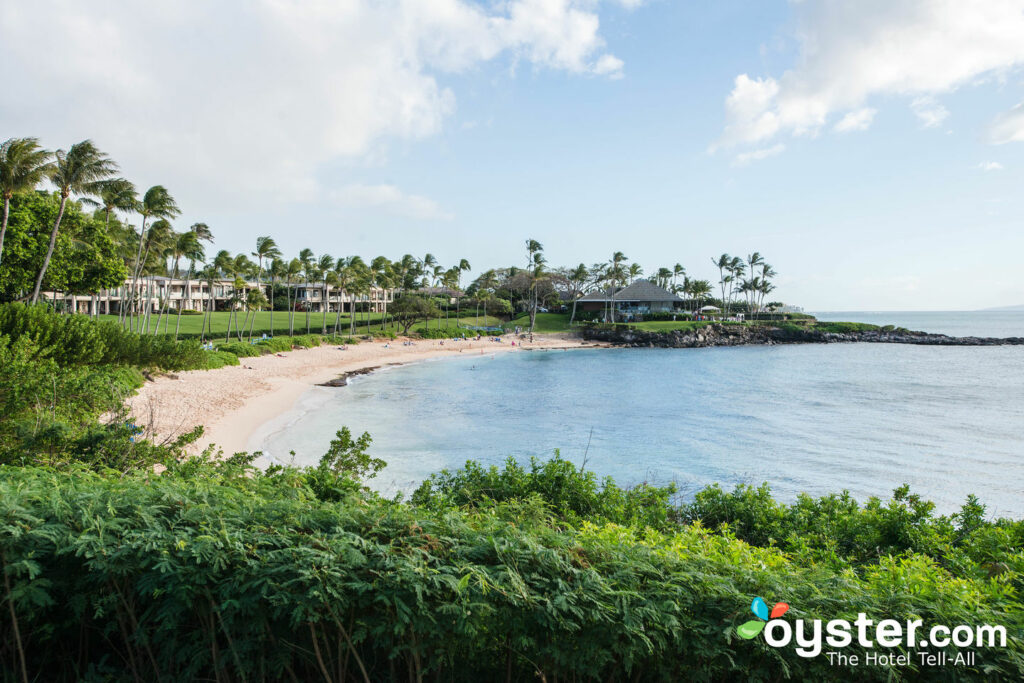
Home to tropical forests, active volcanoes, towering mountains, stunning waterfalls, golden-sand beaches, and stellar surfing waves, Hawaii is a bucket-list destination for travelers around the world. No matter what your itinerary holds, however, there are a few pointers worth keeping in mind, from navigating local customs to learning which hiking trails are safe for visitors. Here are 11 important things to know before visiting Hawaii.
1. Hawaii is expensive, especially when eating out.
Hawaii is one of the most expensive states in the U.S. The large tourist numbers and inflated costs of shipping goods to the islands mean that prices are almost uniformly high. While you can find cheaper flights depending on the time of year you visit (mid-April to early June represents the off-peak season), eating out is pricey year-round, even in relatively standard chain restaurants. One way to score a cheaper meal is to look for early bird specials, which can be found in the restaurants in popular tourist towns. Another alternative is to find a food truck, of which there are plenty. This will save you money and give you an authentic vibe.
2. All beaches in Hawaii are public.
Much of the land across Hawaii’s islands is government-owned, which means there’s plenty of space that’s open to the public. On top of that, a law decrees that anything below the highest wave line (that is, the line where the sand becomes wet on a beach) is public, making all beaches free and open to everyone. The only issue with Hawaii’s public beaches is that they can be tough to physically access — some sandy stretches tend to be cut off by out-of-control vegetation. Tropical plants like naupaka and beach morning glory grow densely along the shoreline, so access routes are often hard to spot. However, if you can make it through, the reward is empty beaches.
3. Hawaii has some dangerous swimming spots.
If you’ve broken through the vegetation and hit a deserted beach, the temptation to throw yourself into the water will be strong. However, if you’re planning on visiting a beach without lifeguards and flags, make sure to research its safety conditions first. Hanakapiai Beach on Kauai’s Na Pali Coast is one example where you should avoid the water entirely. Located at the end of a beautiful forest hike, the beach is renowned for its strong rip currents and dangerous shore breaks, making it one of the deadliest swimming spots in Hawaii. There’s even a sign that marks the number of swimmers killed by unseen currents.
4. Not all residents of Hawaii are ‘Hawaiian.’
While you may be able to live in New York and call yourself a New Yorker, in Hawaii, that’s not how it works — and visitors should be aware of this before arriving to avoid causing offense. In Hawaii, only people of Hawaiian ancestry are called ‘Hawaiian.’ The term specifically refers to a descendant of the original Polynesian settlers. Other locals, even those born and raised on the islands, refer to themselves as islanders or Hawaii residents.
5. There are many islands to choose from.
Visiting Hawaii? You’re going to have to get a bit more specific when planning your trip because although the islands share plenty in common, they all offer something unique that might or might not suit your travel tastes. For example, Maui and the Big Island are great for families, Kauai is amazing for hiking, Maui and Oahu have some of the most impressive beach resort hotels, and Molokai doesn’t attract as many tourists as Maui, Oahu and Kauai. If you have time, plan a trip that enables you to hop between several islands. To help you map out your Hawaiian holiday, we put Maui and Kauai, and Oahu and Maui, head to head in a number of categories, including weather, beaches, activities, wildlife and more.
6. It’s worth considering weather when planning a trip to Hawaii.
High winds, downpours, scorching sun, and dipping temperatures can hit you all in the course of a day, depending on where you are in Hawaii. Whether you’re hiking through the jungle or up the side of a mountain, you’ll need to prepare for the weather and terrain. If you plan on staying in your resort (and missing out on much of Hawaii’s charms), then by all means bring flip-flops and standard vacation wear. However, if you plan on making the most of the islands’ landscapes, then pack wisely. Rain jackets, light layers, and sensible hiking boots are necessary if you’re going to hike the Haiku Stairs on Oahu, the Kalalau Trail on Kauai, or others. Keep in mind that the Big Island alone has eight of the world’s 13 climate zones, so pack accordingly, depending on which island you’re visiting and the types of hikes you’re interested in.
Hawaii also has plenty of bugs, particularly in its moist jungle terrain. So, remember to pack insect repellent to ward off the mosquitoes, especially if you’re heading out after heavy rains.
7. It’s important to stick to marked trails when hiking in Hawaii.
Hawaii has plenty of hiking opportunities, from Oahu’s Diamond Head Trail to the alpine Mauna Kea ascent. Due to the thick vegetation, sheer cliff drops, hidden ravines, and a range of other dangers, hikers are encouraged to stay on the marked trails. Straying away from the marked paths also poses a risk for others, as getting lost or into trouble off-route often requires search parties to be sent out. A little research will help you determine which trails are safe to enjoy.
8. Pack an eco-friendly sunscreen for your Hawaii vacation.
The sun rays in Hawaii are seriously strong, so make sure to lather up before heading outside. A sunburn is not a good way to start a vacation — and neither is sun stroke — so bring a hat, too. Make sure to pack plenty of sunscreen because prices in Hawaii are high and you don’t want to risk running out. Finally, make sure to buy an eco-friendly, chemical-free sunscreen that’s not harmful to the local coral reefs (Hawaii banned the sale of sunscreens containing the coral-harming chemicals oxybenzone and octinoxate, and it’s due to come into effect in January 2021).
9. You can't surf just anywhere in Hawaii.
Hawaii is the birthplace of modern surfing and Oahu’s North Shore is something like its mecca. Whether you’re a newbie or a seasoned surfer, locals might not appreciate you paddling out at the Banzai Pipeline and stealing lines from residents. The locals-only mentality of the North Shore is partly to patrol the dangerous breaks. Plus, few tourists will be prepped to surf the big waves there anyway. While some surf spots are off-limits, there’s plenty of shoreline for tourists to catch a wave. The Big Island is a perfect place to start — Kahalu’u Bay on the Kona coast is great for beginners.
10. Island time is a real thing in Hawaii.
There are many myths that will likely be dispelled on your first trip to Hawaii, but the presence of island time is not one of them. Things move slowly here, so you’ll need to check your attitude and hasty ways at the airport entry gate, which shouldn’t be too hard since you’re on vacation. This especially applies to driving, as locals tend to move at a more leisurely speed. Relax, don’t honk your horn, and take in the landscapes.
11. Don’t leave valuables in your rental car.
Car break-ins can be a problem in Hawaii, with tourists leaving rentals parked in deserted, out-of-the-way places when out searching for beaches and trails. Try to park in designated car parks when possible, and don’t leave any valuables in the vehicle under any circumstance.
You’ll Also Like:
- 6 Rookie Mistakes to Avoid on Your Oahu Vacation
- How to Do Hawaii on a Budget
- The 9 Best Things to Do in Honolulu
All products are independently selected by our writers and editors. If you buy something through our links, Oyster may earn an affiliate commission.

